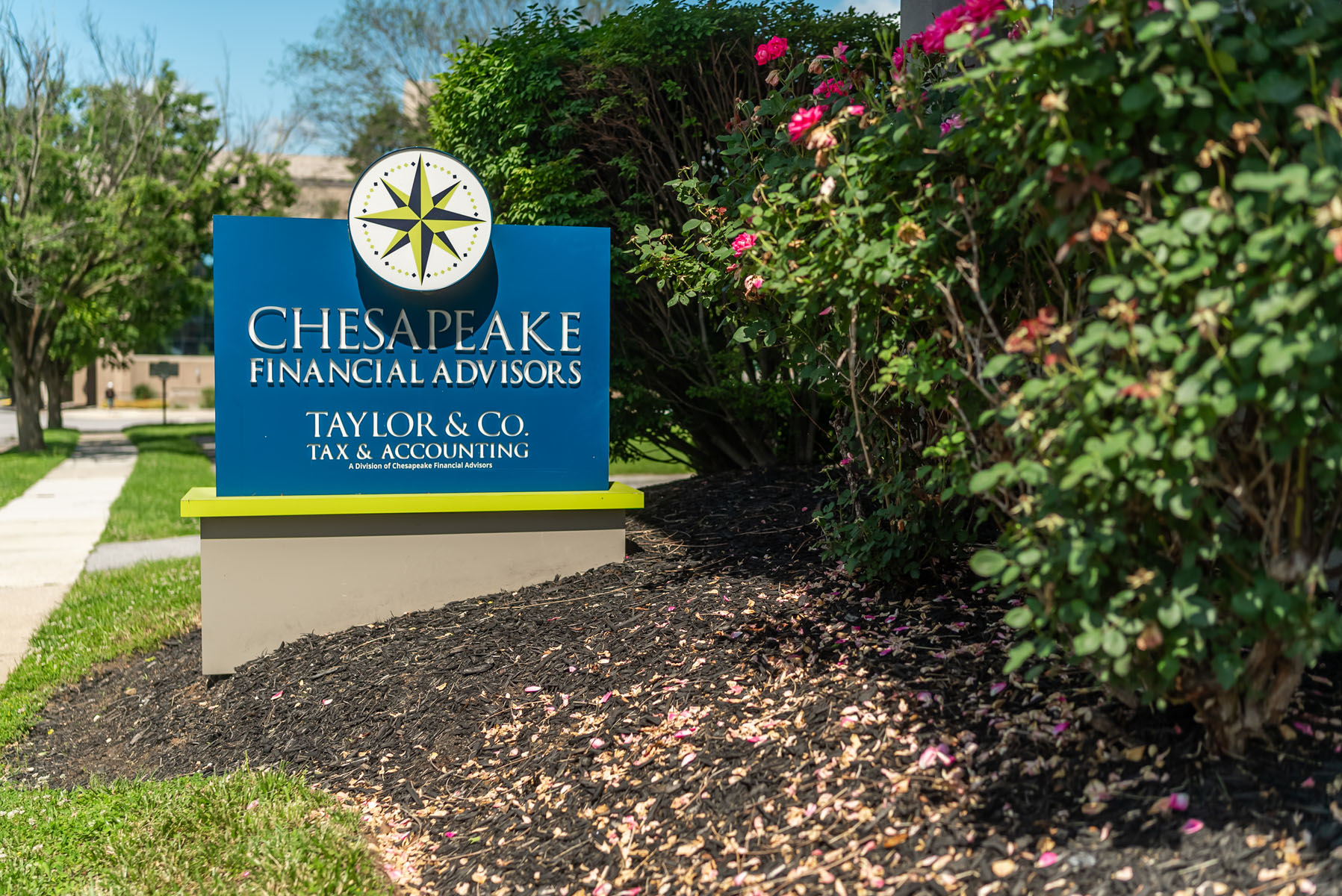2024 Annual Tax Planning & Strategy Guide We are pleased to announce the delivery of…

Teachers Can Deduct COVID-19 Supplies on Tax Return
Eligible teachers can write off their expenses for coronavirus protective items that will help stop the spread of COVID-19. The IRS has just issued guidance under which teachers can deduct unreimbursed expenses for protective items thanks to the COVID-Related Tax Relief Act that was passed in December.
Personal Protective Equipment (PPE)
Personal Protective Equipment (PPE) and other items used to stop the spread of COVID-19 in the classroom include but are not limited to the following:
- Face Masks
- Disinfectants
- Hand Soap
- Hand Sanitizer
- Disposable Gloves
- Tape, Paint or Chalk to Guide Social Distancing
- Physical Barriers/Clear Plexiglass
- Air Purifiers
- Other items recommended by the Centers for Disease Control and Prevention (CDC)
Deduction Limits
Eligible educators are allowed an above the line deduction of $250 towards unreimbursed expenses paid for after March 12, 2020. An eligible educator is anyone who is a K-12th grade teacher, instructor, counselor, principal, or aide in a school for at least 900 hours during a school year. The maximum deduction is $500 for a married couple filing jointly if both spouses are eligible educators. It is limited to $250 each. Other expenses that were already deductible like books, supplies, and other classroom materials count towards the $250.
Insights delivered right to your inbox | Sign up
WE’RE HERE TO HELP
Are you an eligible educator? Call or email us at (410) 823-5442 or [email protected].
For disclaimer, please follow our link below:
https://www.peakeadvisors.com/site/wp-content/uploads/2019/05/Compliance-Social-Media-Disclaimer.pdf

